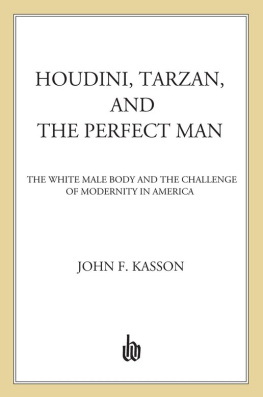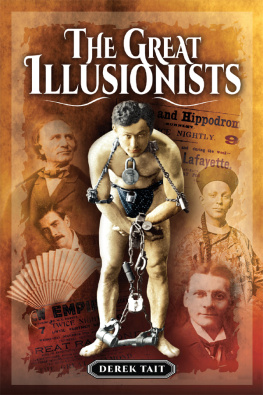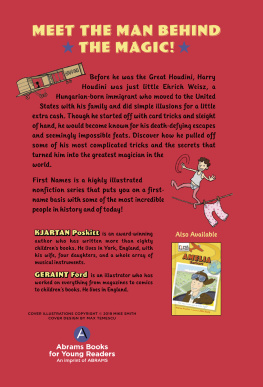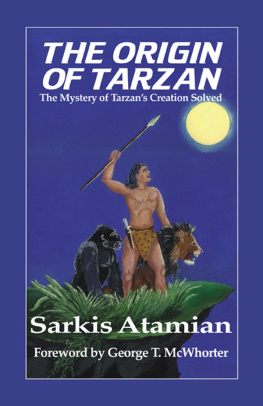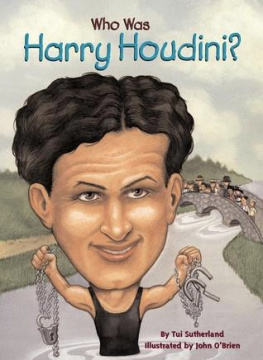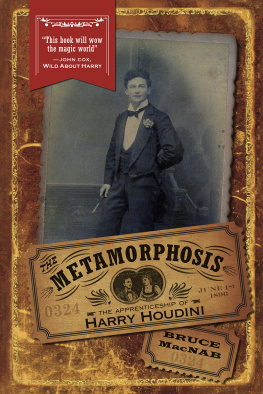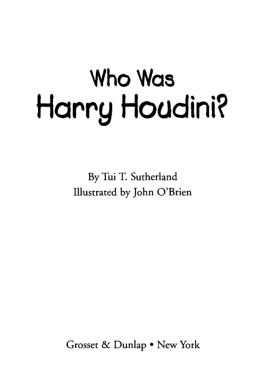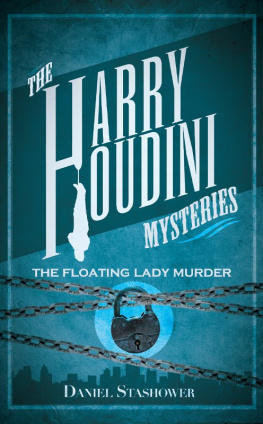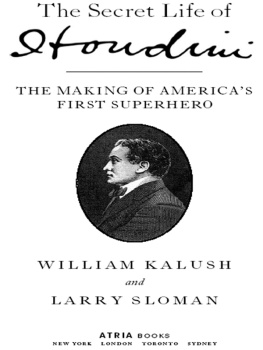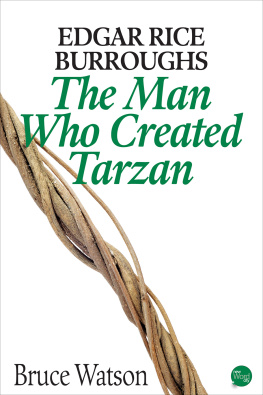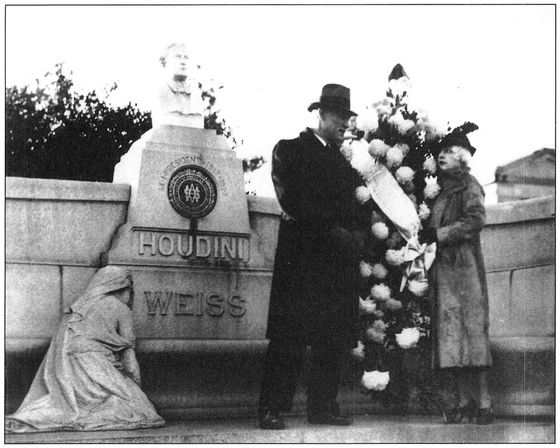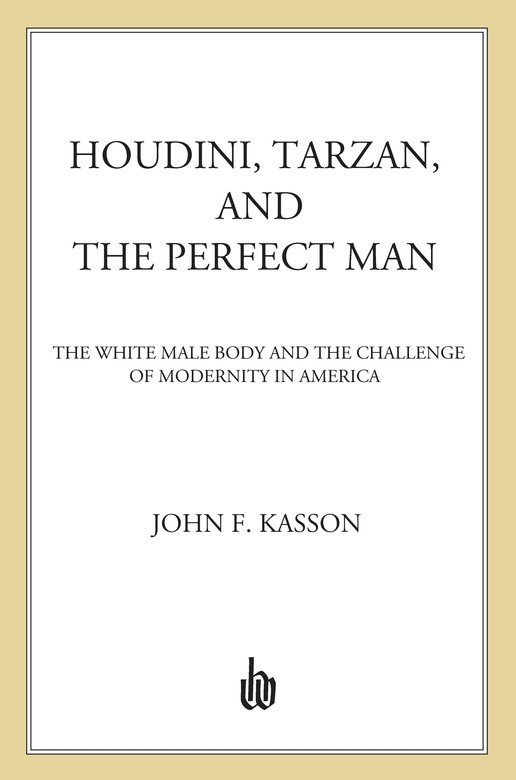
I am grateful to many individuals and institutions for help in writing this book. The University of North Carolina at Chapel Hill provided crucial support, including fellowships and grants from the Institute for the Arts and Humanities, the Pogue Research Fund, the University Research Council, the Office of the Dean of Arts and Sciences, and the Department of History. A fellowship from the John Simon Guggenheim Memorial Foundation sped the works completion.
I would also like to thank the following librarians for their assistance and for permission to quote from and to reproduce unpublished materials in special collections: Annette Fern and Jason Radalin at the Harvard Theatre Collection; Wallace Finley Dailey at the Theodore Roosevelt Collection, Harvard College Library; Joan F. Higbee at the Rare Book Collection, Library of Congress; Melissa Miller and Esther L. Mes at the Theatre Arts Collection, Harry Ransom Humanities Research Center, The University of Texas at Austin; Matthew Carpenter at the Houdini Historical Center, Appleton, Wisconsin; Rita Belda at the Wisconsin Center for Film and Theater Research; Josephine Matthews at the Image Library, The National Archives, Public Record Office, U.K.; Therese Babineau at the Phoebe A. Hearst Museum of Anthropology, University of California at Berkeley; Scott S. Taylor at Georgetown University Library; and George McWhorter and Linda Buie at the Edgar Rice Burroughs MemorialCollection, University of Louisville. I am also especially grateful to Danton Burroughs for his kind permission to quote from manuscripts and to reproduce photographs owned by Edgar Rice Burroughs, Inc.
In conducting research for this book, I benefited from the help of David Avitabile, Matthew Brown, Eric Combest, Jason Dash, Joshua Guthman, Daniel Jolley, Emily Kelley, Michael Kramer, Ethan Kytle, Thomas Newsome, Michael Sistrom, Jill Snider, Shirley Taylor, and Adam Tuchinsky. A host of friends and colleagues also provided encouragement, criticism, and hospitality. Let me thank especially Gavin Campbell, Charles Capper, Michael Claxton, James W. Cook, Jr., the late Robert Crunden, Ann Fabian, Leon Fink, Alison Isenberg, Michael Kammen, Susan Levine, David Lubin, Jennifer Ritterhouse, Daniel Rodgers, Joan Shelley Rubin, Bill Stott, Alan Trachtenberg, and Keith Wailoo. Kent Plemmons gave valuable technical advice on computer hardware and software.
Although I have recorded specific scholarly debts in the endnotes, I wish to acknowledge my three principal subjects major biographers: David L. Chapman, the late Irwin Porges, and Kenneth Silverman.
Hill and Wang, with which I have worked for a quarter century, remains my ideal publisher. Arthur W. Wang cheered my first stumbling efforts, and Elisabeth Siftons brilliance and enthusiasm kept me going. Nina Ball-Pesut provided assistance with unfailing grace. Ingrid Sterners copyediting was impeccable.
Peter Filene, a pioneer in the history of masculinity, has been an incomparable friend, giving encouragement, advice, and insight every step of the way.
And my family has been superb. My brother and sister-in-law, Jim and Betty Kasson, generously supplied computer equipment at critical moments. My children, Peter and Laura, sustained me with their love and sharpened my prose with their suggestions. My wife, Joy, has been indispensable to the projectas she has been to my life.
Civilizing the Machine:
Technology and Republican Values in America, 1776-1900
Rudeness and Civility:
Manners in Nineteenth-Century Urban America
Amusing the Million:
Coney Island at the Turn of the Century
I t is easiest to say what happened to their bodies.
Sandow died first, in October 1925. After funeral services at a Baptist church in Holland Park, his body was buried in a cemetery at Putney Vale, near London. Yet surprisingly, given his immense fame and prosperity, no stone ever marked his grave. Wrapping herself in a tight silence, his widow appears to have forbidden any memorial.
Houdini made sure he would not suffer a similar fate. That any great magician, let alone himself, might not have a suitable grave site deeply disturbed him, and over the course of his career he spent considerable effort and expense refurbishing the graves of other conjurers, including John Henry Anderson, Bartolomeo Bosco, William Davenport, Robert Heller, and the Great Lafayette (Sigmund Neuberger). He lavished still greater care over the arrangements for his own family. As early as 1904 he had exhumed the bodies of his father and half brother to rebury them in a family plot he had purchased at Machpelah Cemetery in Queens, New York. Always fascinated with the macabre, he wrote in his diary, Saw what was left of poor father and Hermann. Nothing but skull and bones. Hermanns teeth were in splendid condition. After the death in 1913 of his mother, with whom his identity was so intensely bound, he began to plan his owngrave site in earnest. With an ostentatious display of graven images that is startling in a Jewish cemetery, he erected a massive granite monument, ornamented with figures carved from Italian marble. To cap the structure, he arranged for a commanding bronze bust of himself. Ever the headliner, he had written in large letters above the Weiss name HOUDINI. Among his meticulous instructions for his own burial, he specified that all his mothers letters be interred with him as a pillow for his head.
Houdinis widow, Bess, and his brother Theo at his grave, c. 1928. Library of Congress
Tarzan, of course, never died. As for Burroughs, he was the only one of the three to live to damn[ed] old age. His heart ailed for years and finally gave out on March 19, 1950, when he was seventy-four. After his death, in obedience to his instructions, his body was cremated and his ashes buried next to his mothers remains under a black walnut tree outside the offices of Edgar Rice Burroughs, Inc., in the Los Angeles suburb that bears the name of his most famous creation, Tarzana, California.
The larger cultural legacies of Sandow, Houdini, and Burroughsare much more difficult to specify. Even in their lifetimes, their presentations of the triumphant white male body evolved significantly, and each figure showed notable agility in adapting his message to changing circumstances.
Undoubtedly, the greatest change, to which all three responded, was the coming of the Great War. Sandow, now retired from performing and living in England, faced it first. Even when the war lay several years in the future, he contributed time, prizes, and his immense prestige to training eleven thousand recruits to guard the English home front. Once again, reporters marveled at the bodily metamorphosis he achieved by his training and competitions. The Times of London reported, Each of the 104 prize-winners added no less than 12 inches to their combined neck, chest, and leg measurements, while the winner of the first prize of 500 obtained in all an improvement of 27 inches, 5 inches being added to his chest girth. Throughout the war, Sandow urged the importance of physical training and gloried in his status as the greatest recruiting sergeant the Army has ever had.
When the United States entered the war in April 1917, Houdini immediately registered for military service, exulting, HURRAH, now I am one of the boys. Despite his many performances in Germany, he declared, WE MUST WIN, and that is all there is to it. Although he was too old to serve directly, he contributed both his talents as entertainer and some of his stratagems as escape artist to support the cause.

